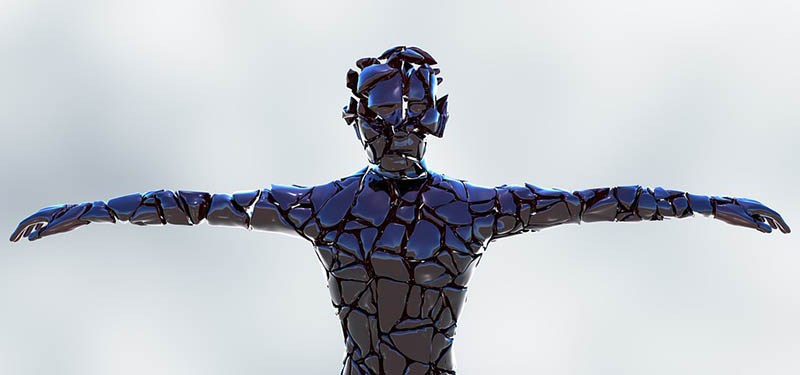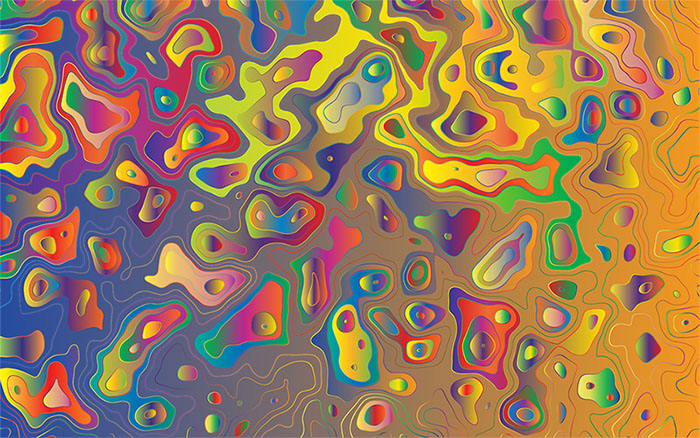
Anthropos Tomorrow: Transhumanism and Anthropology
Editor’s note: This week, we’re bringing you the first look at something slightly different. In addition to our regularly scheduled programming, Platypus has decided to experiment with guest-edited thematic series, which will bring together a range of anthropologists working on similar issues for a more theoretically-oriented conversation held over several weeks. Here, Jon Bialecki and Ian Lowrie introduce our first series, on Transhumanism and Anthropology. If you are interested in participating, please let them know; if you are interested in organizing a future thematic series, please do get in touch with the Editor. Anthropologists, long relatively comfortable bearing the mantle of studying humanity, today find themselves working in increasingly posthuman theoretical spaces. Anthropos, as a unitary figure, had already began to crumble under the weight of postcolonial, feminist, and deconstructive critique during the eighties; lately, however, our empirical work is pushing us still further beyond the human. This is particularly, but not uniquely, true for those of us working on the anthropology of science and technology: we often find ourselves, whatever our theoretical commitments to the posthuman, grasping for an appropriate language as we try to figure the multispecies assemblages, vibrant matter, and sociotechnical infrastructures we encounter alongside the humans we interact with in our fieldwork. (read more...)




